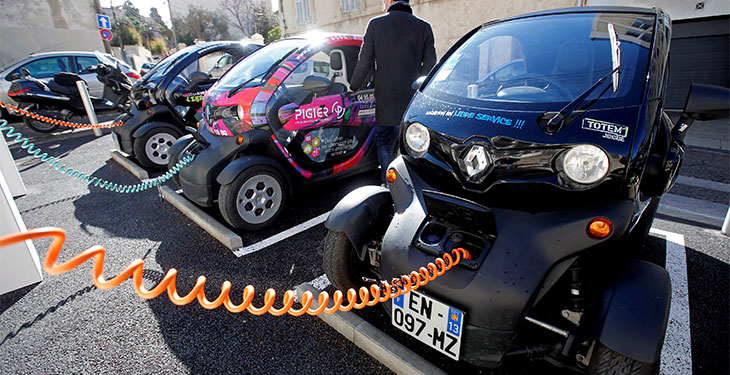The number of electric vehicles reached a record level of 3.1 million units worldwide in 2017, but research, policies and incentives are needed to further growth, the International Energy Agency (IEA) said. The increase was 57% for light, plug-in or hybrid vehicles. Last year, 40% of all world-wide electric cars were in China.
Battery prices are still a major component of the cost of electric vehicles, so financial incentives such as discounts, tax breaks or exemptions will be needed to support the development of electric vehicles. “In recent years there has been a dynamic growth in the electric vehicle market. The support and commitments to increase the supply of electric vehicles from authorities and the automotive industry suggest that this trend will not change over the next decade, “the AIE report said.
AEI anticipates, according to current policies, that 125 million electric vehicles will circulate on public roads around the world by 2030, and their number could increase to 220 million if the authorities’ support becomes more ambitious in order to achieve the objectives global environmental protection and other sustainability goals, according to the Bursa.
Switching to electric vehicles will increase the demand for some materials, particularly cobalt and lithium, which are part of the lithium-ion batteries. For the time being, the increase in the number of electric vehicles has had a limited impact on electricity demand. In 2017, the estimated electricity demand from all electric vehicles was 54 terabytes per hour, equivalent to Greece’s energy demand.
However, as the number of electric vehicles will increase and the demand for electricity will increase and will have an impact on transmission and distribution networks, according to the AIE report.
